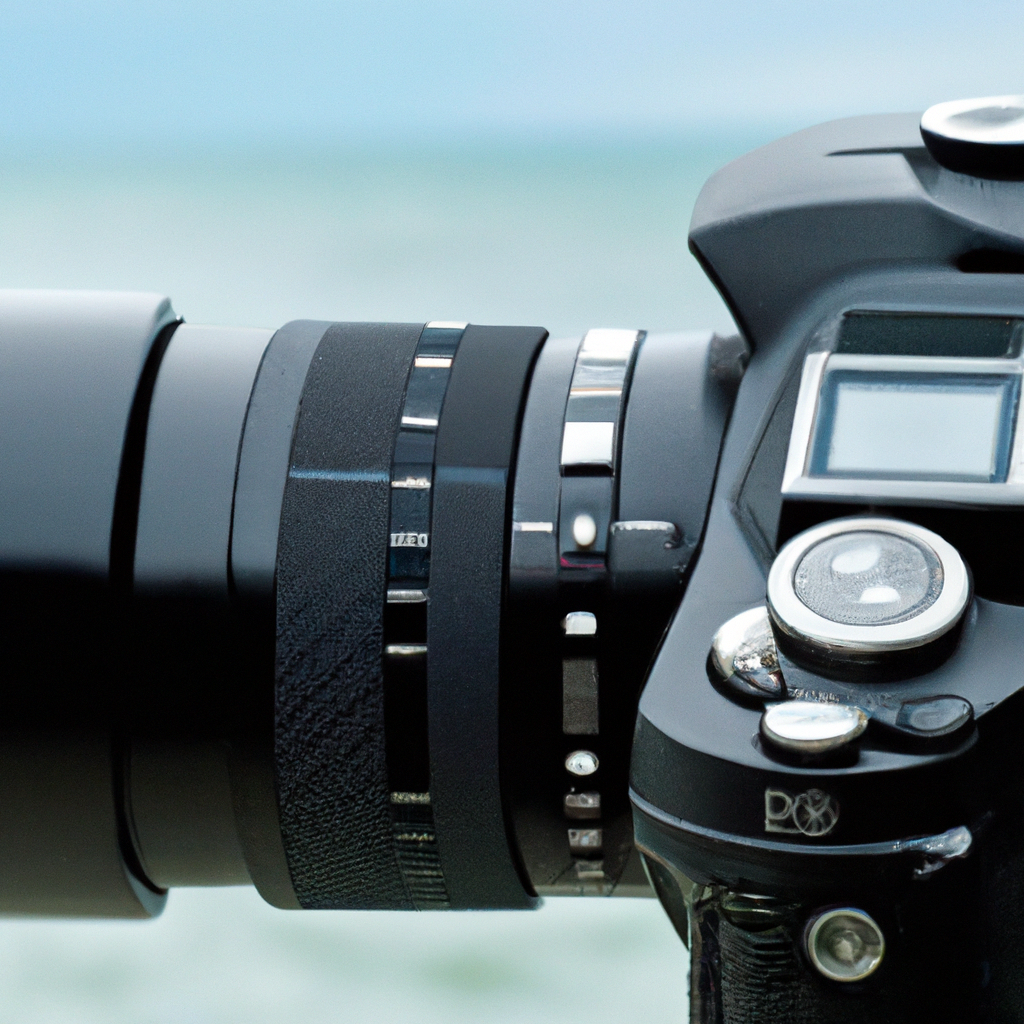A digital camera is an electronic device that captures and stores a digital image. Unlike traditional film cameras, digital cameras use an image sensor to record the image instead of film. But how exactly does a digital camera take pictures? Let’s take a closer look at the photography technology that makes it possible.
The Basics: Lens, Aperture, and Shutter
Similar to film cameras, digital cameras use a lens to focus the light onto the image sensor. The lens is the first step in the image capturing process. The aperture is the opening in the lens that allows light to pass through and hit the image sensor. The size of the aperture is measured in f-stops and it determines how much light passes through the lens. The larger the aperture, the more light that enters the camera. This is important because the amount of light affects the exposure of the image.
The shutter is the mechanism that controls how long the image sensor is exposed to light. When you press the shutter button on a digital camera, the shutter opens and allows light to hit the image sensor. The shutter speed is measured in fractions of a second and is an important aspect of exposure. A fast shutter speed will freeze the action, while a slow shutter speed can create motion blur.
Image Sensor and Megapixels
The image sensor is the heart of the digital camera. It captures the light that enters through the lens and converts it into an electronic signal. The signal is then processed and stored as a digital image. There are two main types of image sensors used in digital cameras: CCD (charge-coupled device) and CMOS (complementary metal-oxide-semiconductor).
Megapixels refer to the number of pixels (picture elements) on the image sensor. The more megapixels, the higher the resolution of the image. A higher resolution image has more detail and can be printed at larger sizes without losing quality. However, more megapixels do not necessarily mean better image quality. Other factors such as image sensor size, lens quality, and image processing can also affect image quality.
ISO
ISO refers to the sensitivity of the image sensor to light. ISO is measured in numbers, with higher numbers indicating higher sensitivity. A high ISO setting is useful in low-light situations as it allows the camera to capture more light. However, a high ISO setting can also result in more digital noise (graininess) in the image. It’s best to use the lowest ISO possible to achieve the desired exposure and image quality.
Image Processing
After the image is captured by the image sensor, it goes through image processing. Image processing refers to the adjustments made to the image to improve its quality. This can include adjusting the color balance, contrast, and sharpness. Many digital cameras also offer various filters and effects that can be applied to the image.
Conclusion
In conclusion, a digital camera takes pictures by using a combination of lens, aperture, shutter, image sensor, and image processing technology. The lens focuses light onto the image sensor through the aperture, while the shutter controls the length of time the image sensor is exposed to light. The image sensor captures the light and converts it into an electronic signal, which is then processed and stored as a digital image. Megapixels, ISO, and image processing are all important factors that affect image quality. By understanding how a digital camera works, you can take better photos and make more informed decisions when purchasing a camera.







